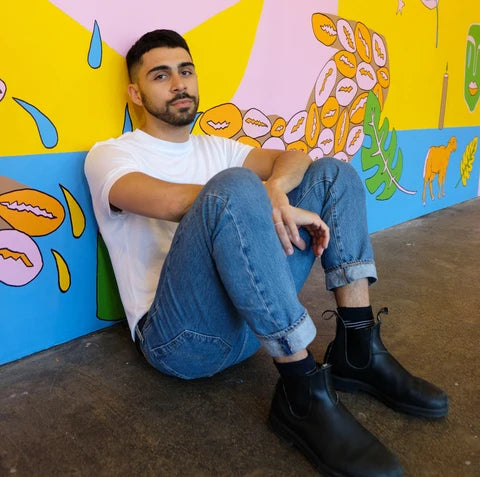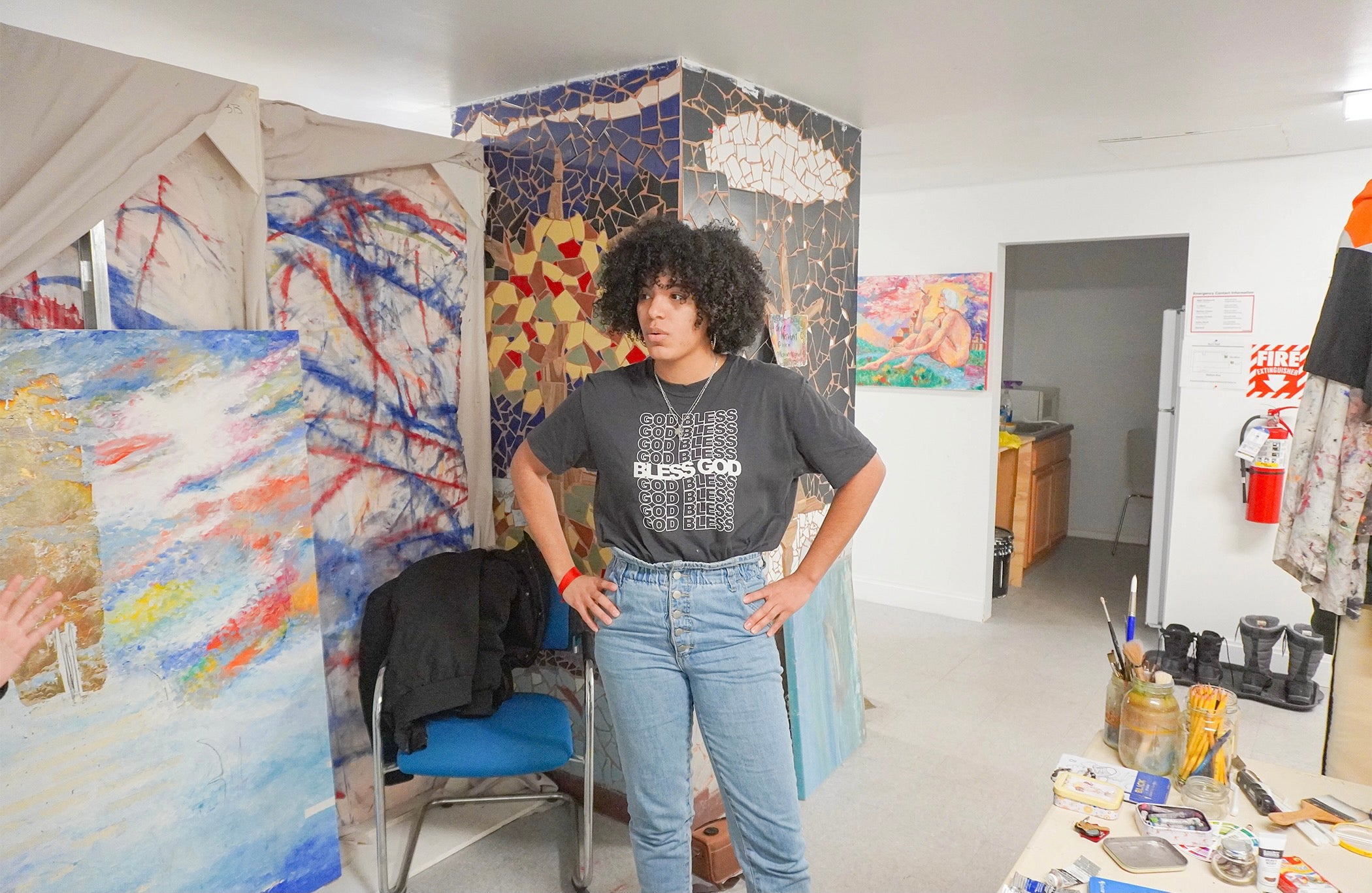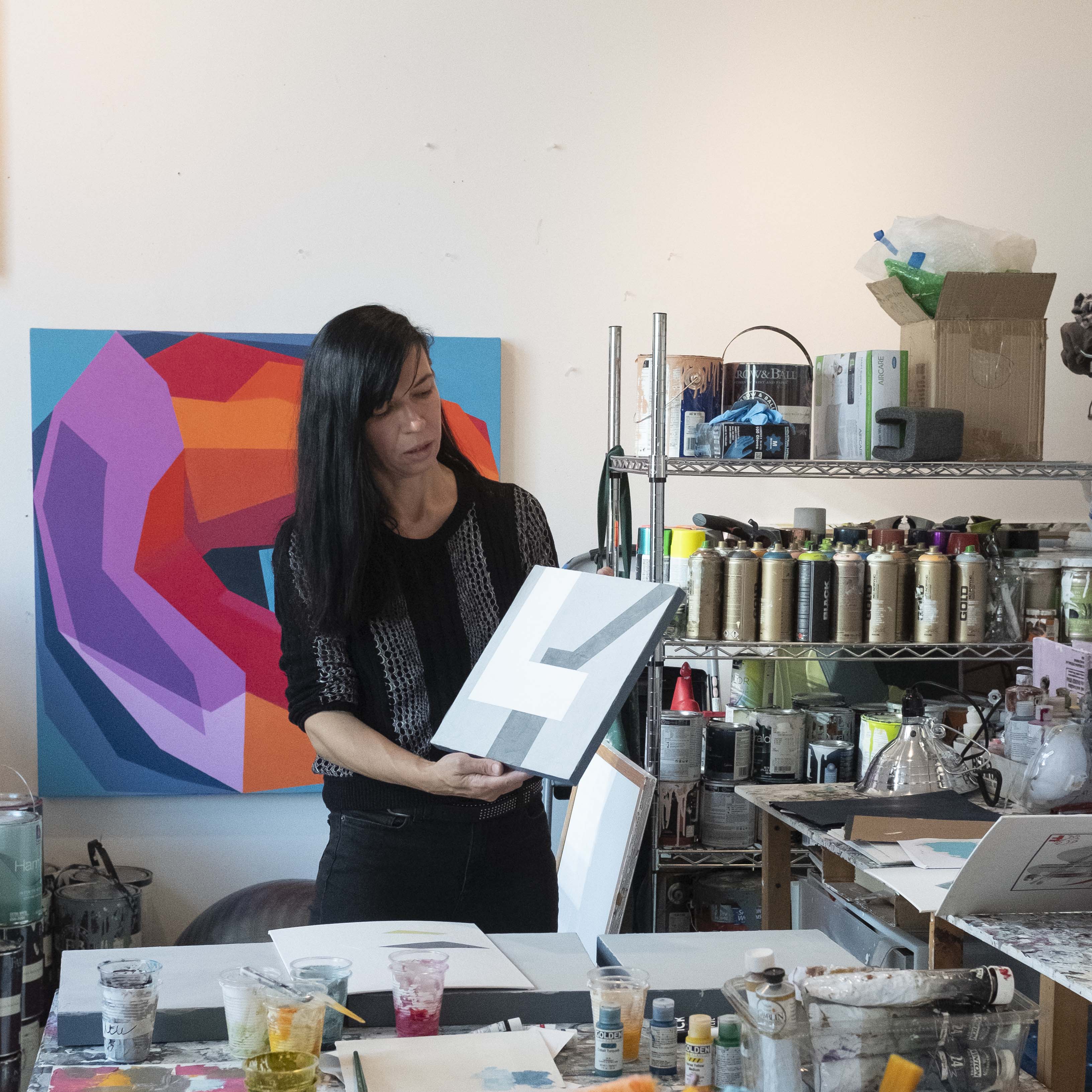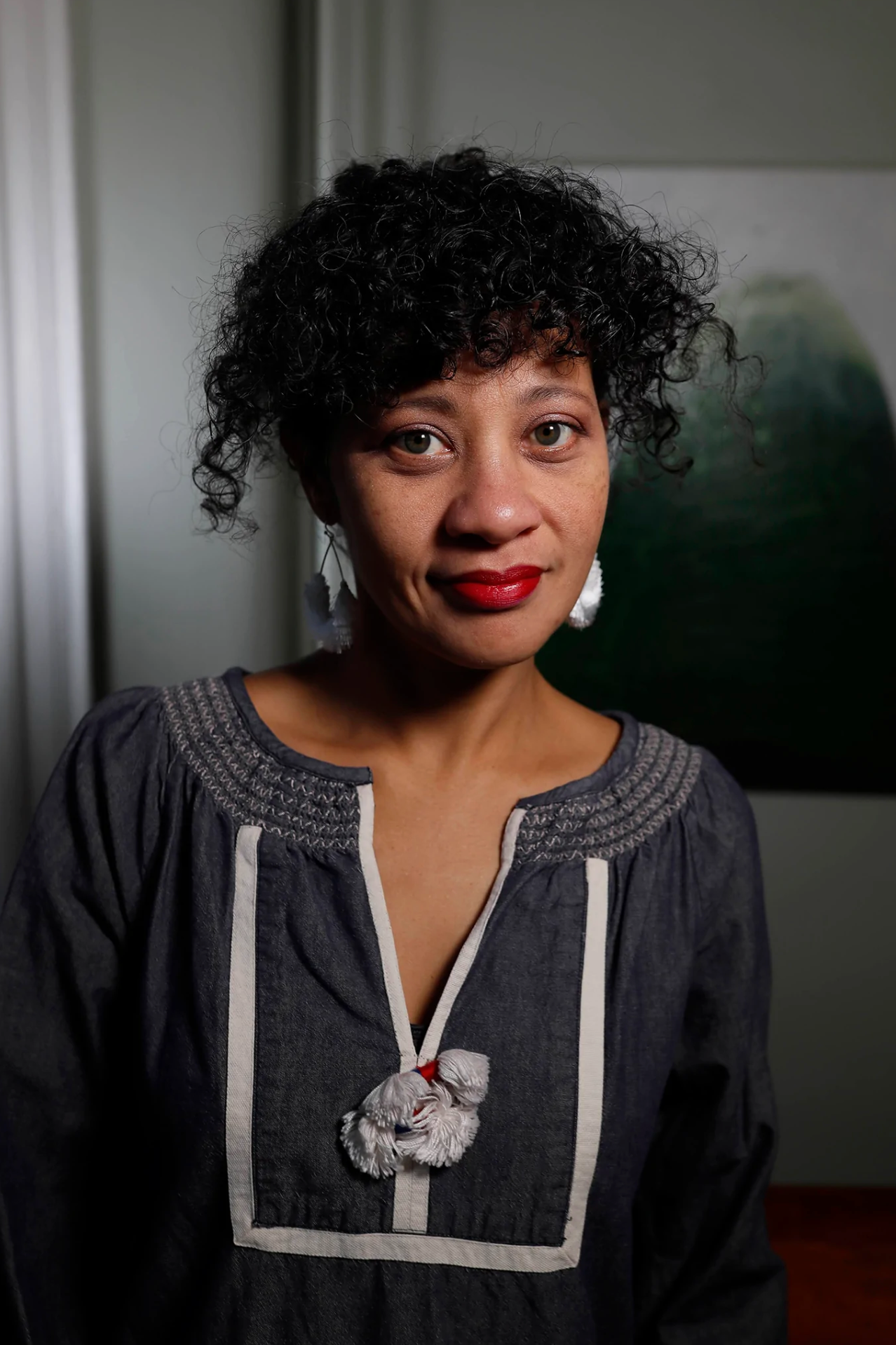No Products in the Cart
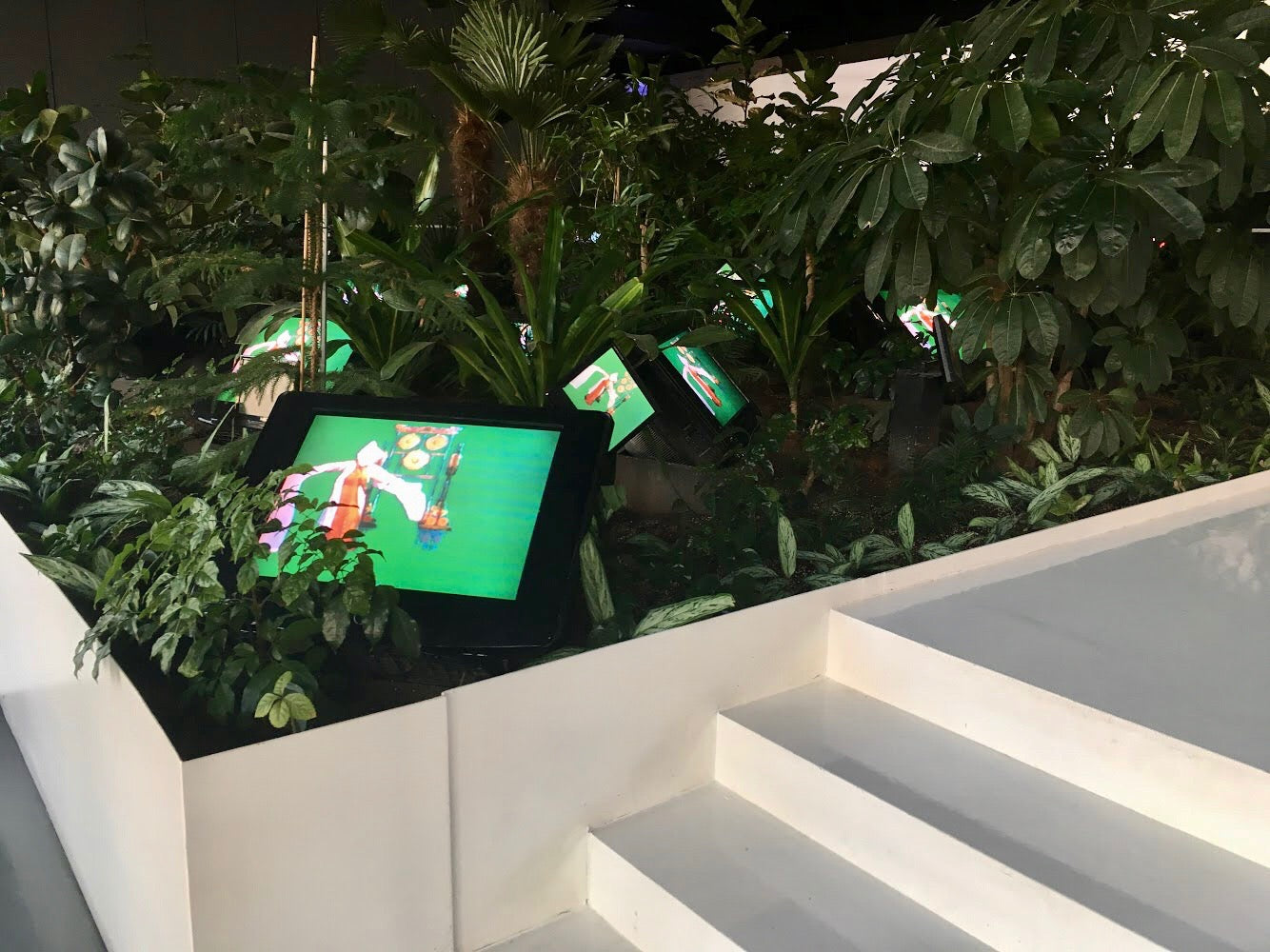
MAKE SOME NOISE! ....OR NOT

(Above) The first thing you notice at entering the Paik Nam-June Museum in Korea is the white "shhh-"ing noise of old television.
It’s amazing how quickly people change the way they behave at entering the doors of an art space. You tread lighter, you start to talk in whispers, you get the sudden urge to stare at things for a really long time…
And because you fall silent, everyone who follows you also feel like they need to keep quiet. The silence essentially maintains itself, as you become more aware of every breath and footstep.
So you’ve been shushed at the movies, or at theaters. But wait, why am I getting shushed at a gallery? Let’s look at what statements galleries are making through silence (get the irony?)
Gallery says: “We’re different from retail spaces.”
Can you imagine sifting through the sales rack at H&M in total silence?
We know from experience that fast-fashion brands encourage purchase by playing upbeat, fast-paced music. On the other end, the more high-end a brand, the sparser the display - both visually and aurally. The choice depends on how fast the store expects customers to make a decision.
The art world takes pride in not pushing its clients towards purchase - at least not in the right-now, right-here kind of sense. Purchases are rarely made right in front of artworks like it does for clothing stores. Ideally, each visitor is expected to spend more time in front of each work than they do for stores, and extend their interest in the artist or gallery beyond the time frame of the exhibition, even.
But despite the claims of being less commercial, we can also think about how some galleries adopt essentially the same strategy as luxury brands. Not directly, maybe, but they certainly play into the preconception that quieter, sparser settings make for a more serious, “cool”, lofty image.

(Above) A quiet afternoon at the Met Breuer.
Gallery says: "We want you to focus on the visuals."
Because it’s so immediate, music - in fact any kind of sound - can unconsciously frame your perception of artworks. For some reason, people feel much more comfortable talking freely about music, judging whether it’s good or bad, than visual arts. Add to that the many audiophiles residing in New York, and you get a good recipe for debating “the lasting influences of krautrock”.
So including a sound element could be like opening a can of worms, distracting visitors from the very thing that galleries are trying to steer attention towards.

(Above) Dj Night after open studios weekend at Pioneer Works.
Gallery says: "Honestly, it’s just overall hard to find a good soundtrack for an exhibition."
There are already many delicate parts to planning and executing an exhibition. No one really wants to add the burden of curating a playlist on top of that - especially because the music will definitely, definitely, be criticized in some way.
If curating works was hard enough, you will need to communicate with participating artists whether they’re on board with the music. After all, it’s their prerogative to decide how their works will be presented. And mind you, you’ll have to do this every time the exhibition changes because the playlist needs to be specific to the exhibition’s theme.
Then you’ll have to worry about actually playing the music. Since you’re definitely not going to use your laptop, you’ll need a good sound system, hire someone to install the speakers, figure out whose Spotify account you’re going to use…and so on.

(Above) Multimedia exhibition School of Pain (2019) at Art in General.
Gallery says: "Our visitors are a small number but exclusive."
Another difference between galleries and retail stores actually makes music less necessary: the fact that there’s not much of a crowd at any given point.
This is well illustrated by the fact that even galleries will use music when they have events expecting lots of people - opening and closing nights or receptions after artist talks, for example. But when left alone, galleries rarely see traffic of more than twenty people at a time. On rainy or cold days, visitor numbers can stay around the ten-s for the whole day. It’s just not a busy space in general, therefore less of a need to drown out the noise from crowds.

(Above) Visitors to MoMA walk through, under, and put their ears close to the sound installation Rainforest V (variation 1) by David Tudor.
Gallery says: "Look, we’re making our own sound."
Days are past when there were separate places for “paintings”, “movies”, and “music”.
In the 70's when multimedia art was just beginning to emerge, events involving sound were more of a rebellious gesture. Artists part of the Fluxus movement would use their whole bodies, destroy instruments, and hammer at everyday objects to make noise.
But now, in an age where immersive installations are all the rage, it’s not uncommon to see a single gallery presenting different media together in a way that contributes to the theme. Not only does variety make the experience more engaging for audiences, but it also provides opportunity for artists to collaborate across media - and to think about a topic through different paradigms.



